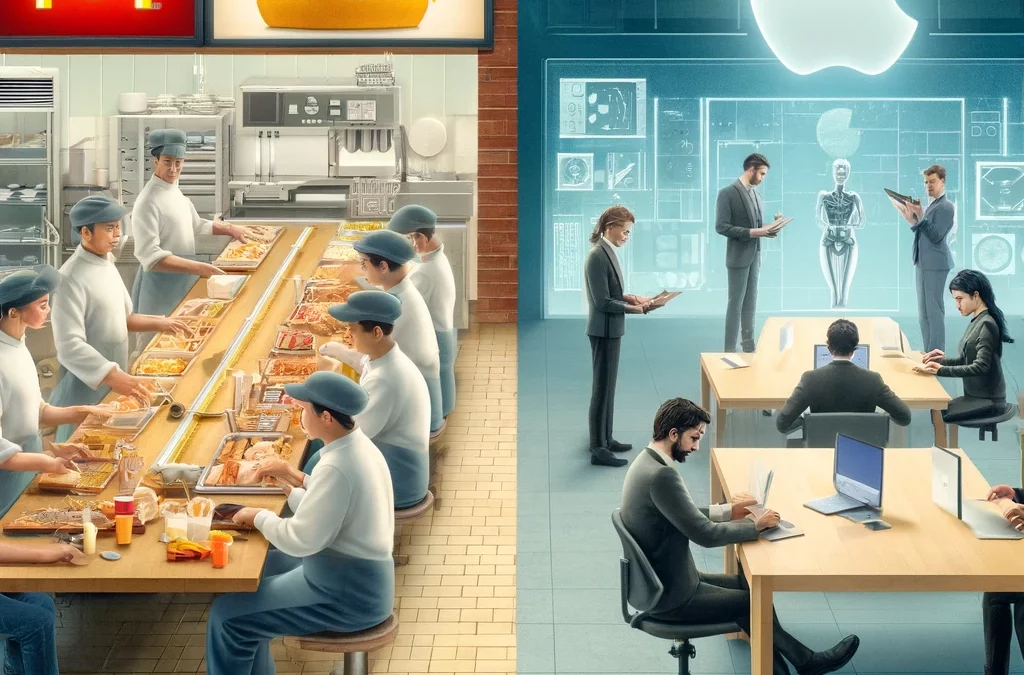The case for operational excellence is strong, and the benefits of continuous improvement are undeniable. But just how do you implement it in your organisation?
Leadership and Culture
There must be buy-in, full commitment at the leadership level, and a willingness to foster a culture that embraces change and continuous improvement. The mentality that the company is a permanent work in progress with room for improvement is essential. The adaptive nature of business means that processes will constantly need to be reviewed and monitored.
Tools and Techniques to Aid Process Improvement
There are various tried and tested tools and techniques used to aid process improvement, such as;
- Root Cause Analysis.
The 5 Whys is one technique used to establish the root cause of a problem. The simple but powerful method involves asking ‘Why’ five times to uncover the underlying cause of the issue. Start by defining the problem and asking why. Then, once you have thought of the reason, ask yourself why again until you reach the root cause of the problem. Each why question should lead to a deeper understanding of the problem.
- Process Mapping
A technique used to map out workflows and processes visually. It involves creating a process map, also referred to as a flowchart. Mapping out a process from start to finish gives a better understanding of how the entire process works and identifies inefficiencies or where to make improvements. Any given team member can easily understand how to complete a process without lengthy explanations.
- PDCA (Plan-Do-Check-Act)
A four-step cycle of defining the problem, implementing the changes, collecting data on the results, analysing the data to see if it’s worked, and then taking action based on this. This usually means implementing it on a larger scale.
- Fishbone Diagram (Ishikawa Diagram)
Also known as a cause-and-effect diagram, it is often used to help streamline processes. It resembles a fish skeleton. A horizontal arrow represents the fish’s spine and points to the problem (or effect), which is the head of the fish. Shorter arrows act as the fish ribs, branching out to expose the problem’s causes.
This is just the tip of the iceberg as many tools and techniques are available. If you want to learn more about this topic or wish to speak to one of our team members, please visit our website, www.mastersinminds.com.
Follow us on LinkedIn for more content.




































